Smart Investment Plans for Substation Automation: In a world becoming ever more electrified, the significance of power supply infrastructures such as substations can hardly be overstated. At the center of this infrastructure enhancements lies substation automation, a technological upgrade that acts as the brain of electricity distribution. By centralizing control and automating routine functions, it brings widespread benefits, ranging from improved reliability to enhanced operational efficiency. Nonetheless, the path towards substation automation is paved with distinctive features, as explored through this discourse, from the need for such an investment, key considerations, financial planning, to potential risks and their mitigations.
Understanding Substation Automation (Smart Investment Plans for Substation Automation)
Introduction to Substation Automation
Substation automation is a key process in managing and controlling power systems effectively. It’s a system used to perform crucial tasks like controlling, protecting, and monitoring substations in an electrical grid. It functions as the central hub, facilitating communication and control between power stations.
The Role of Substation Automation in Electrical Distribution
In our modern society, efficient and reliable electrical power is crucial. Substation automation plays an essential role in electrical distribution, ensuring the smooth delivery of electricity to industries, homes, and businesses. It reduces outages, enhances performance, and ensures the stability of the electrical grid. Additionally, it allows for real-time data collection and analysis, aiding in decision-making and reducing operation costs.
Main Components of Substation Automation
Substation automation systems consist of several key components. Remote terminal units (RTUs) and intelligent electronic devices (IEDs) are the primary devices providing control and protection functions. These components are interconnected through a communication network, enabling real-time data acquisition and control.
Human-machine interface (HMI) or supervisory control and data acquisition (SCADA) systems provide the visual interface for operators to control and monitor the substation. Additionally, substation automation systems can include gateways or protocol converters that help different devices and systems communicate effectively.
Functionality of Substation Automation
The main functionality of substation automation revolves around control, protection, and monitoring. The system automatically detects and rectifies faults, controls electric power systems, and monitors systems’ performance. The automation also adjusts voltage levels to ensure that power is delivered efficiently and safely to the end-users.
Investing in Substation Automation
Investing in substation automation is one of the strategic moves power companies consider to efficiently manage and control power distribution. The initial costs for setting up the system may be high but yield substantial long-term benefits.
For instance, substation automation reduces operational costs by optimizing energy usage and decreasing the frequency of manual inspections. Improved fault detection and quicker reaction times minimize outages, leading to higher customer satisfaction and lower penalty costs.
Understanding Substation Automation & IoT Concepts: A Complete guide for beginner
Emerging technological advancements, such as smart grids, make investment in substation automation a promising long-term growth opportunity. Moreover, the increasing focus on renewable energy and distributed generation also adds value to the substation automation market.
However, decision-makers should consider potential challenges such as cybersecurity threats, regulatory issues, and maintenance needs before investing. A well-planned investment in substation automation should take into account the potential risks, upfront costs, and long-term maintenance demands, making it a critical aspect of strategic planning for any power company.
In light of the crucial role that substation automation plays in the efficient distribution of electrical power, it becomes clear that it is an avenue well worth investing in. Not only does it touch directly on the daily operations of power companies, but it also offers potential for a significant return on investment. The longevity of this investment is underpinned by sustainable growth opportunities prevalent within the energy sector as a whole.
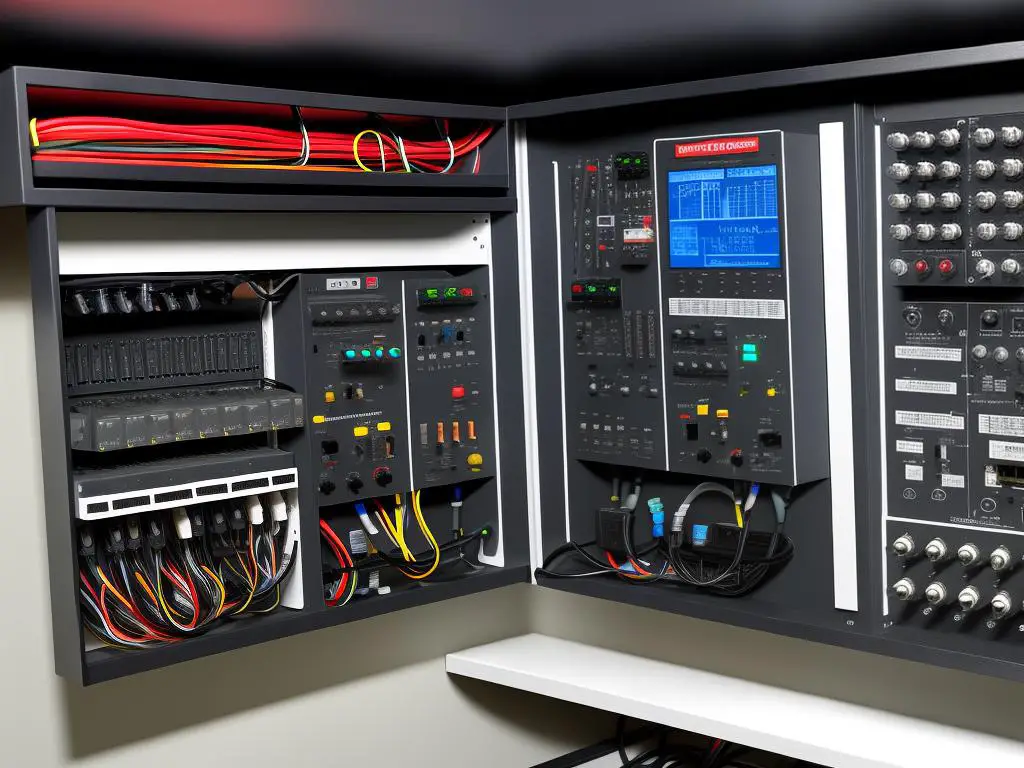
The Need for Investment in Substation Automation
The Significance of Investing in Substation Automation
Over time, the rise of technology has indeed brought about an increased level of efficiency within numerous sectors, and the energy industry has not been left behind. This technological integration into energy structures has been instrumental in developing what we now know as substation automation systems. This innovative solution brings numerous benefits to the table such as heightened operational efficiency, cost-effectiveness, and improved power reliability.
Improved Power Reliability and Efficiency
Arguably the most potent justification for this form of investment is the promise of improved power reliability and supply stability. Automation ensures that routine and complex operations can be executed with precision, reducing the likelihood of errors and service disruption. Improved reliability is not just about having power when necessary but having ‘clean’ power that is devoid of voltage drops and surges that often damage equipment.
What is Remote Terminal Unit? A Basic Guide
In addition, automated substations are highly efficient. Since processes are automated, fewer workers are required to monitor the operations continuously. Automating these processes relieves employees from tedious and monotonous tasks ramping up productivity and leaving more room for innovative strategies for improvement. This way, substations can ensure that they get the most out of their existing resources, hence cost savings.
Cost Reduction in Substation Operations
Investment in substation automation can save costs in various ways. For one, by limiting human involvement, it reduces the risk of human-errors that are often costly. Additionally, by optimizing resources, automated systems can possibly reduce their operational costs over time.
Furthermore, the cost of maintaining a substation can be expensive. However, with automation, the equipment is well monitored and problems can be detected early before compounded into bigger issues. Preventive maintenance, facilitated by automation, may potentially inhibit catastrophic substation failures, significantly reducing maintenance and repair costs.
Investment Planning for Substation Automation
Investing in substation automation can provide a worthwhile return on investment in the long run. However, it requires a detailed investment plan that considers the cost of buying and installing the equipment, the cost of training or hiring experienced staff, and the maintenance costs.
Additionally, the investment plan should also take into account the potential savings from automation. This includes improved efficiency, longer equipment lifespan, fewer outages, better load management, improved safety, and reduced labor costs.
Cost-benefit analysis and feasibility studies are essential tools used to adequately plan and justify the investment applied in the automation process. They provide a detailed insight into the financial gains and losses of automation, allowing investors to make well-informed decisions.
Investing in substation automation isn’t simply about acquiring the latest, cutting-edge technology in the industry. Rather, it’s about making careful, strategic investments in a system that fits your company’s unique needs and resources, offering value and benefits in both the short and long run.
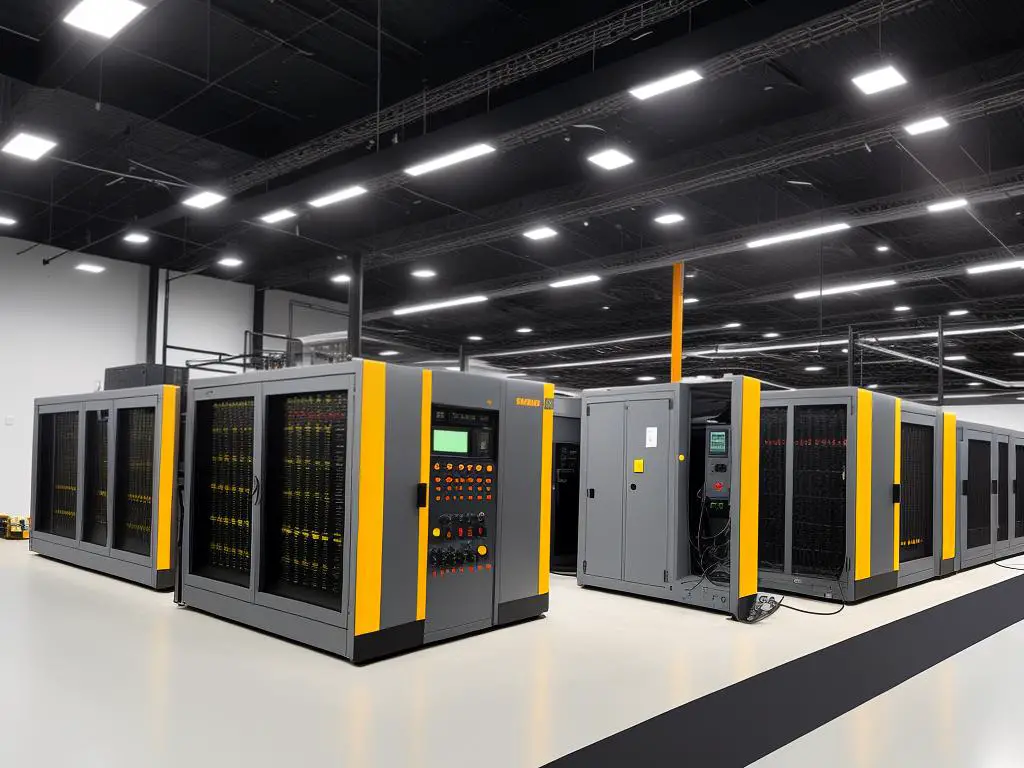
Key Investment Considerations in Substation Automation
The Initial Step: A Close Look at Your Power Grid
As you venture into investment planning for substation automation, it’s paramount to familiarize yourself with your current power grid infrastructure. Thoroughly assess the types of equipment in use, how they serve to interconnect, and the manner in which operations are being managed. By so doing, you can identify necessary enhancements or upgrades to boost the efficiency and effectiveness of your grid.
Assessing the Need for Upgrade or Complete Overhaul
The next stage involves thorough analysis and evaluation of each individual component of the grid system. Some substations may require minor upgrades to automate processes, while others may need a complete overhaul. The condition of the substations, the age and the state of the equipment, and the need for improved efficiency are major factors that determine the type and level of upgrade required.
Technology Consideration
Technology plays a critical role in substation automation as it directly influences operational efficiency and system reliability. The choice of technology depends on several factors such as budget constraints, intended operational improvements, compatibility with existing systems, and the long-term maintenance support required. Some of the key technologies used in substation automation include SCADA systems, digital relays, intelligent electronic devices (IEDs), and highly-sophisticated communication networks.
Scalability
Investors also need to consider the scalability factor while planning for substation automation. Can the chosen automation solution be expanded or adjusted to meet future demands? As energy demand continues to grow, and as renewable energy sources become more mainstream, the automation equipment and software should be able to cope with the increased demand and integrate seamlessly with new types of energy production.
What is Remote Terminal Unit? A Basic Guide
Regulatory Aspects
In addition, considerations should be given to any regulatory requirements or guidelines for substation automation. Certain jurisdictions might have specific safety, security or environmental regulations that need to be adhered to.
Return On Investment (ROI)
One of the key considerations in any investment is the return on investment (ROI). For substation automation, this involves calculating the costs related to the automation process – including equipment, operations, and maintenance – against the expected gains in efficiency, reliability, and improved service. ROI justifies the investment in financial terms and provides a goal post by which the success of the investment can be gauged.
Risk Analysis
Investing in substation automation is not without risk. Potential hurdles such as technical challenges, budget overruns, regulatory changes, and unforeseen market shifts can significantly impact the success of the project. Therefore, comprehensive risk assessment, contingency planning, and effective project management strategies are critical aspects in the investment planning process.
By carefully considering several key elements and aspects in play, investors can position themselves advantageously and make well-informed decisions regarding investment in substation automation.
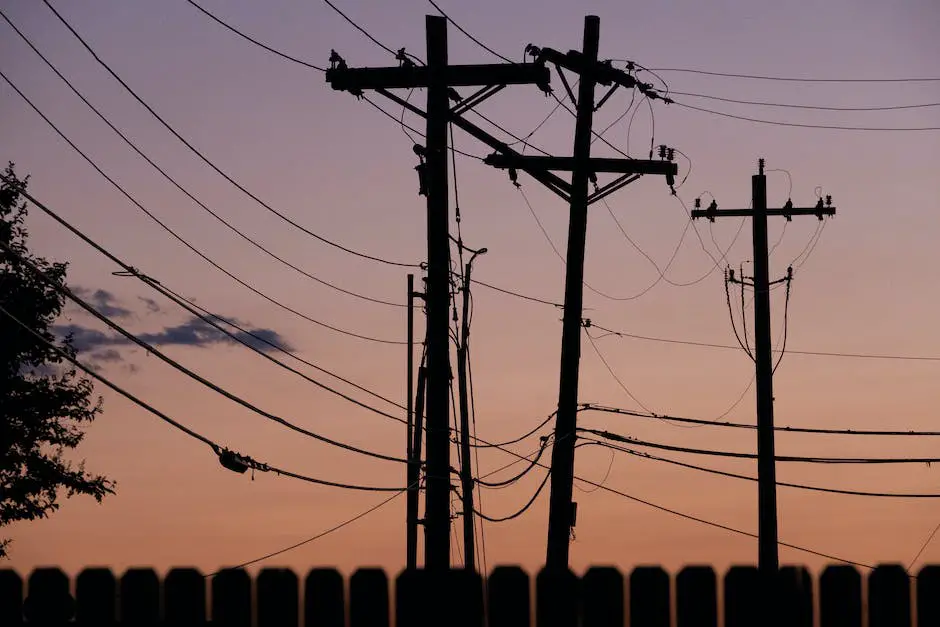
Financial Planning for Substation Automation
Introduction to Substation Automation
Substation automation refers to the utilization of data processing and communication advancements to oversee, regulate, safeguard and enhance the functioning of an electric power substation. This method represents a comprehensive solution aimed at boosting the substations’ reliability and efficiency leading to a reduction in operational expenses and downtime.
Financial Planning for Substation Automation
Substation automation is a significant investment that holds considerable potential for return given its impact on energy efficiency, reliability, and productivity. The financial planning aspect is crucial to ensure the success and feasibility of such an investment. Cost estimations, return on investment (ROI) analysis, and making informed decisions around budgeting and procurement are all steps that should be taken during the planning process.
Cost Estimation
Performing cost estimation is the first step in financial planning. This involves understanding and estimating the cost of all the components required in substation automation. These are typically hardware and software expenses, installation costs, and maintenance and operational costs.
The hardware may include intelligent electronic devices (IEDs), communication network equipment, and servers. The software expenses revolve around system software, database, and application programs. Training costs for staff should also be factored in since substation automation introduces advanced technologies that require operations knowledge.
Return on Investment (ROI)
Estimating the return on investment for substation automation projects presents a significant challenge as the benefits are not solely expressed in financial terms. Improvements in power supply reliability, system operation, and maintenance efficiency should all be considered in measuring ROI. Here, the return isn’t just financial gain, but also operational efficiency, lowered operational expenses, and improved overall network security.
Budgeting and Procurement Decisions
Once all estimated costs and expected returns have been identified, budgeting decisions need to be made. This involves determining how much money is available for the project and how it will be allocated.
Procurement is another pivotal point in the planning stage. It’s crucial to choose vendors and suppliers who provide high-quality equipment and services at competitive prices. Evaluating different vendors’ offers and selecting the most cost-effective option that meets the tech requirements is a key part of this process.
The Role of Financing Institutions
Investors can also look into partnering with financing institutions that specialize in energy and infrastructure projects. These institutions can provide additional financial support, advice, and aid in detailed feasibility studies.
Considering Substation Automation as a Long-Term Investment
Viewing substation automation as a long-term investment is crucial. While instantaneous financial returns might not be obvious, a strategic approach will yield beneficial results over an extended period, thanks to the improved reliability, efficiency and operational safety it brings. By monitoring relevant key performance indicators (KPIs) consistently over time, one can ensure that the investment remains valuable and continues to deliver.
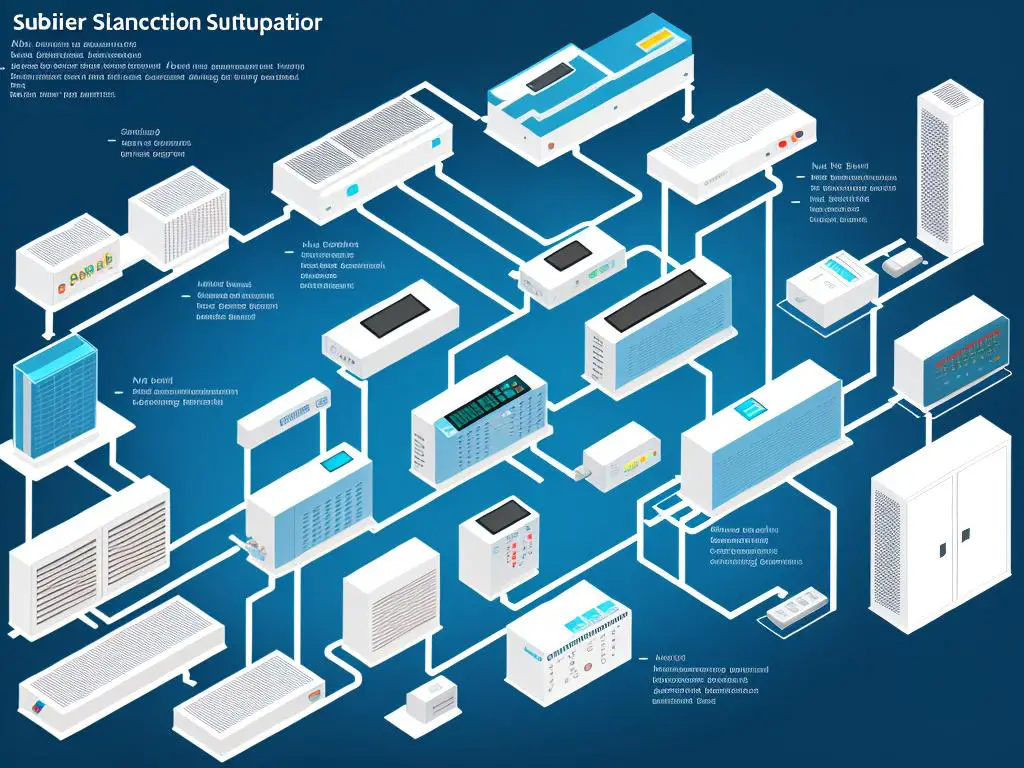
Potential Risks and Mitigation in Investing in Substation Automation
Deciphering the Intricacies of Substation Automation Investments
Substation automation encompasses various interrelated systems that manage and control power grid operations, making it a complex field of investment. Properly deployed funds in this sector can spawn rewards in the form of enhanced power quality, operational efficiency, and insightful analytics. With the automation industry projected to grow, investment in this area can be promising. However, potential risks must not be overlooked. Grasping and mitigating these identified risks are important steps towards a successful investment project in substation automation.
Technology Obsolescence
One of the most significant risks related to investing in substation automation is technology obsolescence. Technology is evolving at an unprecedented pace, with new, more efficient solutions being introduced regularly. As a result, automation systems that were once state-of-the-art can rapidly become outdated. This could lead to a necessity for repeated investments in order to stay relevant and competitive. Additionally, older systems may lack compatibility with newer technologies, resulting in increased operational inefficiencies and expenditures.
To mitigate this risk, investors should focus on flexibility and modularity when selecting substation automation technologies. Systems that allow for easy upgrades can help keep technology current and reduce the risk of obsolescence. Additionally, conducting regular technology audits and staying informed about industry trends can help investors anticipate changes and prepare for them in advance.
Operational Risks
Investing in substation automation also carries operational risks. These could include system failures, cyber attacks, human error, and other issues that could disrupt the automation system’s normal operation. Besides causing grid disturbances, these problems could result in significant financial losses.
Investors can mitigate operational risks by ensuring that the automation systems they invest in have robust security measures and redundancy plans. Regular maintenance checks, system upgrades, and employee training can significantly reduce the risk of operational issues. Furthermore, having a contingency plan in place, including alternative power sources and recovery systems, can minimize the impact of any operational disruptions.
Regulatory Uncertainties
Regulatory uncertainties represent another potential risk for substation automation investments. Policies and regulations governing the power sector often vary widely across different regions and can change with little warning. Policy variations and fluctuations can bring about administrative hurdles, compliance costs, and can even affect the overall investment viability.
Monitoring local, national, and international policy landscapes actively is one approach to mitigate regulatory risk. Having a robust legal team versed in energy policy and regulatory compliance can also be advantageous. Building relationships with policymakers can offer some forewarning of impending changes, allowing investors to adapt their strategies accordingly.
Repair Install WinCC V7.0 SP1 Update 3 on Windows XP?
Investing in Substation Automation
Investing in substation automation undeniably has its challenges, but with proper risk identification and mitigation strategies, it can provide substantial returns. As progress in technology marches on, so will the opportunities for growth in the field of substation automation. Therefore, informed strategic planning will remain crucial for advantageously navigating the associated risks and opportunities.
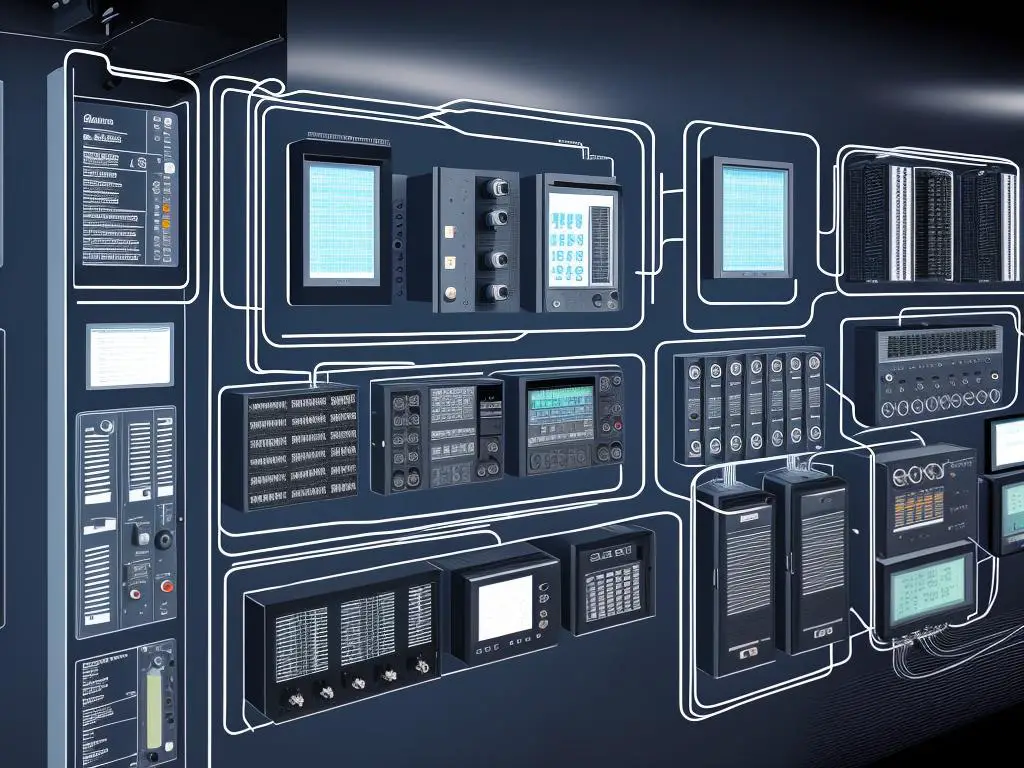
Investing in substation automation is a significant move that bears profound implications, not just for the energy companies but also for the society at large. It is a decisive journey that calls for a thorough understanding of the concept, meticulous planning, and strategic risk management. Embracing this technology comes with justifiable challenges but also unveils an array of opportunities. Powered by the capacity to modernize the power grid, streamline operations, save costs, and potentially lead to a more resilient, efficient, and eco-friendly energy sector, substation automation indeed stands as a promising frontier of the power supply industry.
